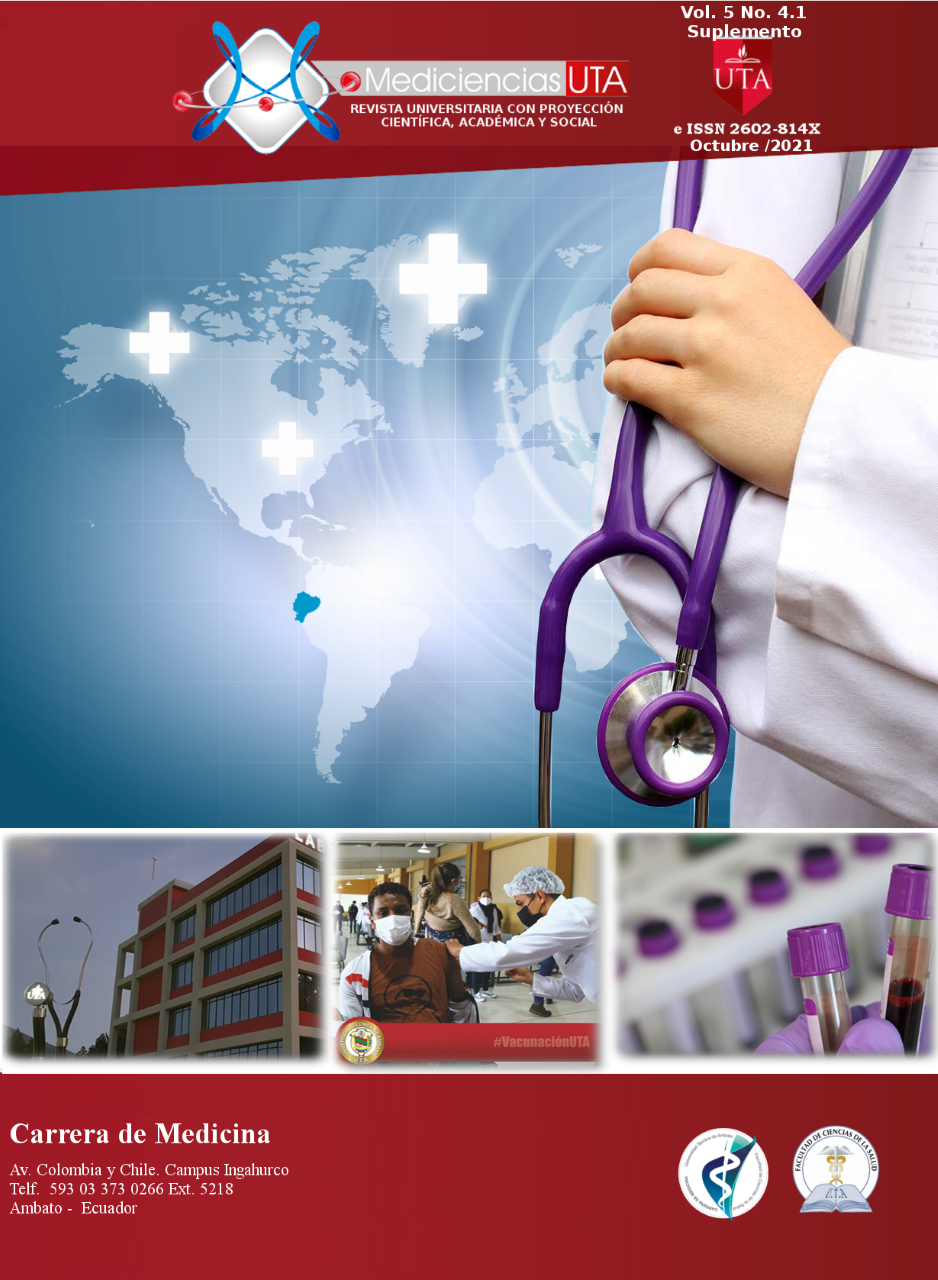Proprioceptive neuromuscular facilitation in older adults with knee pain
Main Article Content
Abstract
Introduction: Knee pain is a frequent ailment in the population over 65 years of age. The exercises performed with Rhythmic Initiation, Dynamic Inversions and Contraction-Relaxation, belonging to the Proprioceptive Neuromuscular Facilitation technique, have been suggested as a treatment alternative to reduce the impact of this symptom. Objective: To apply an exercise protocol with the Proprioceptive Neuromuscular Facilitation technique to improve range of motion and muscle strength in older adults with knee pain. Material and Methods: The study was quasi-experimental, cross-sectional and was approved by the bioethics committee of the Technical University of Ambato. Twenty older adults participated with prior informed consent, with an age range between 65 and 80 years from the Atahualpa parish. Information was collected through interviews and the patients were evaluated before and after the intervention by means of the numerical pain rating scale, goniometric test and Daniels test. The protocol was applied once a week for 12 weeks. Statistical analysis was performed using SPSS software.
Results: In the initial evaluation of left knee flexion range of motion using the goniometric test, 65% of the patients had non-functional motion, a figure that varied to 45% in the final evaluation. Thirty percent showed functional movement at the beginning and at the end the figure increased to 50%. In left knee extension there were no major changes. In both right knee movements there were no major variations. The Wilcoxon ranges were used for the analysis of muscle strength with Daniels test for both right and left knee, in terms of flexion and extension, the results of probability q correspond to P: 0.14 right flexion, p:0.025 right extension, p:0.005 left flexion and p=:0.014 left extension. Using the Numerical Scale, the intensity of initial pain in the right knee was evaluated, obtaining that 20% showed mild pain and in the final evaluation, the figure increased to 50%. At the beginning, 40% presented moderate pain, at the end this value varied to 25% and 35% of patients initially rated their pain as intense, which at the end decreased to 20%. The null hypothesis was rejected at 5% for the three variables. Conclusion: The FNP technique applied in an exercise protocol increases muscle mobility and strength in the older adult population aged 65 to 80 years. Future research is necessary considering variables or limitations that may have intervened in this study.
Downloads
Article Details

This work is licensed under a Creative Commons Attribution-NonCommercial-ShareAlike 4.0 International License.



